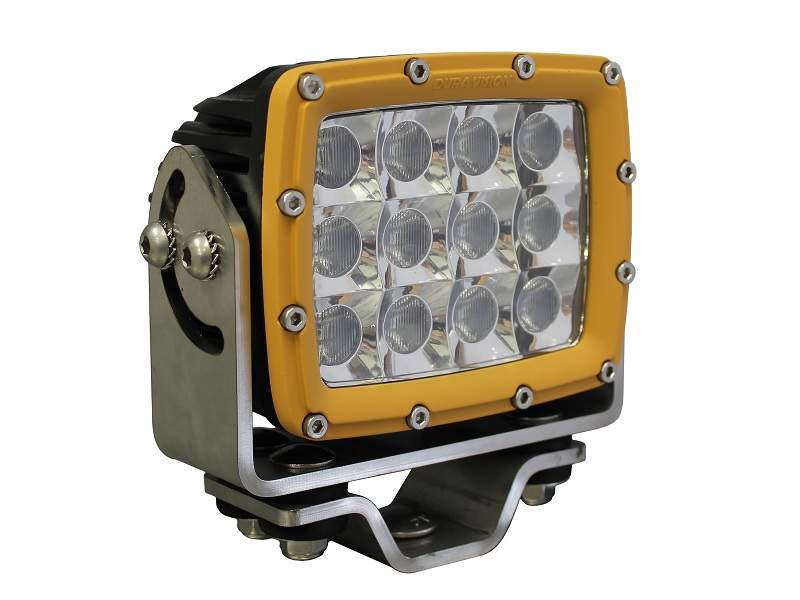
For the past eight years, there has been a ding-dong battle between lamp manufacturers as to whether 5W or 10W LED lights are the best. So, before arriving at any conclusions on this sometimes touchy subject, let’s dig a bit deeper into the function of the LEDs.
Way back in the 2010s when high-powered LED’s were in their infancy, there was a range of options, including 3W, 5W, 10W and then the infamous COBs, which ranged from 20W up to 100W. Some of us remember these COBs particularly well as they acted like very reliable boomerangs – nearly everyone that was supplied came back! This trend of using COB’s in designs slowed down rapidly due to the absurdly high failure rate and multiple chips were more commonly used. However, the 5W vs 10W discussion then began. At this stage, 3W was largely ignored except by the cheapest of manufacturers.
The 5W argument was that a larger number of smaller chips gave more surface area to dissipate the heat, and because there were that many more optics, gave greater control over the light. By contrast, 10Ws stated that they gave the best size to output ratio and you only had to buy half as many optics. Both points are true although there is a twist to which makes the case for 10Ws more difficult to justify.
10Ws and heat issues
The argument almost holds water but not quite. In order to control the heat on a slow-moving vehicle, most manufacturers put safety limiters in place which throttle the power back once the lamp reaches a certain temperature. This means that the lamp may only be operating at 70-80% of the stated performance at any given time, removing much of the benefits thought to the there. The solution some companies use is the run the LED’s at 6-7W to overcome the heat problem. However, this brings you very close to the 5W output but the LED cost is nearly twice as much.
Things start the change
The tide started turning when manufacturers, seeing the issues in the field, started putting more effort and R&D budget into the 5W chips. This gave lighting manufacturers more options in terms of efficiency, optical performance and output and made it simpler for them to specify the 5W over a 10W for new product developments. Additionally, manufacturers of off-the-shelf optics were also concentrating their efforts on 5W, further fuelling the fire. Many were very aware of the warranty costs of the past few years and continued the march to make 5W dominant.
Ultra Vision has used both for six years now but the arguments in favour of 10W are looking less and less convincing. Even after all these years of rapid improvements and developments within the industry, 10W still have an issue with a concentration of heat. This is in the heat sink but also in the lens. In many mining environments, the lamps quickly become covered in dust, mud or oil. As the light cannot pass through the lens there is a build-up of heat which can burn through the lens in a very short space of time. On the other hand, the 5W chips overcome this problem by being more spread out and thereby more evenly spreading the heat.
Conclusion
So, as always in these cases, the end-user ultimately makes the decision by choosing products that perform the best. Very few drivers of heavy vehicles know or care what LEDs are powering their lights. However, they sure care when the lights don’t work. This pressure ultimately filters back up the line by means of heated debates, cancelled contracts and expensive claims. That pressure is transferred back via the sales team, manufacturer and R&D personnel until finally the issue has been remedied.
Such has been the way of civilisation and has driven positive change for thousands of years.

